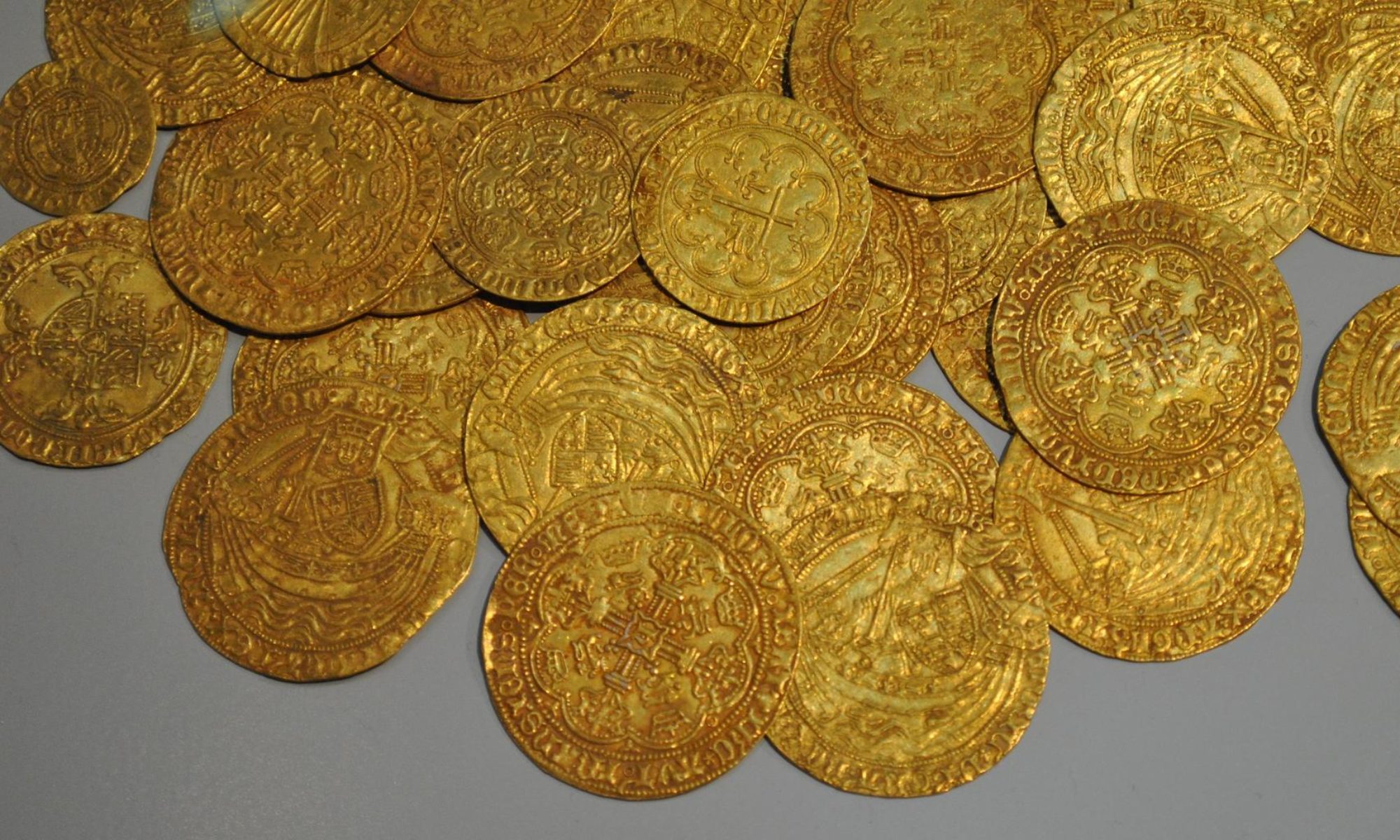In a world where financial markets sway like a pendulum, investors perennially seek sturdy and reliable assets to safeguard their wealth. Among the constellation of investment options, gold and silver have stood the test of time, revered for their intrinsic value and as a hedge against market volatility. While purchasing physical bullion has been a traditional avenue, an increasingly popular and diversified approach is investing in Gold and Silver Mining Exchange-Traded Funds (ETFs).
Understanding Gold and Silver Mining ETFs
Gold and Silver Mining ETFs encapsulate a basket of companies involved in the exploration, extraction, and production of these precious metals. Investors gain exposure to multiple mining companies through a single investment vehicle, benefiting from the collective performance of the underlying companies within the ETF.
Advantages of Investing in Gold and Silver Mining ETFs
1. Diversification: These ETFs offer exposure to a diversified portfolio of mining companies, mitigating individual company risk. Fluctuations in any one company’s performance have a diluted impact on the overall investment.
2. Liquidity and Accessibility: Buying and selling ETF shares is relatively easy, offering liquidity compared to investing directly in individual mining companies. Investors can trade ETF shares on major exchanges during market hours.
3. Cost-Efficiency: Gold and Silver Mining ETFs generally have lower expenses compared to actively managed funds. They offer a cost-effective way to gain exposure to the precious metals sector.
4. Risk Mitigation: While individual mining companies can face operational, geopolitical, or financial risks, a diversified ETF spreads risk across multiple companies, potentially reducing the impact of adverse events on the investment.
Disadvantages to Consider
1. Volatility: Precious metal prices, and consequently mining ETFs, can be highly volatile. Fluctuations in commodity prices, global economic conditions, and currency movements can impact the fund’s performance.
2. Company-Specific Risks: Despite diversification, if a significant holding within the ETF faces operational issues or regulatory hurdles, it can affect the overall fund performance.
3. Tracking Error: Some ETFs might not perfectly track the performance of the underlying assets due to factors like fees, expenses, and the fund’s methodology.
Safety Aspects of Holding Shares in an ETF
The safety of holding shares in a Gold and Silver Mining ETF is contingent on various factors:
1. Regulatory Oversight: ETFs are regulated investment products, subject to oversight by financial authorities, ensuring a level of investor protection.
2. Asset Custody: ETFs typically employ reputable custodians to safeguard the underlying assets, reducing the risk of mismanagement or fraud.
3. Transparency: Most ETFs regularly disclose their holdings, allowing investors to monitor the composition of the fund and the performance of underlying assets.
4. Market Liquidity: The ability to easily buy and sell ETF shares on the open market provides a level of liquidity, allowing investors to exit positions without significant price impact.
In Conclusion
Investing in Gold and Silver Mining ETFs can offer an avenue for exposure to precious metals without the complexities of owning physical bullion or individual mining stocks. However, like any investment, it’s essential to weigh the advantages against the potential risks and consider personal investment goals and risk tolerance before diving in. While these ETFs can provide diversification and potential for returns, investors should conduct thorough research and consider consulting a financial advisor to make informed investment decisions in line with their financial objectives.
Remember, the glitter of gold and silver in the investment world often comes with its share of fluctuations, and a balanced, well-researched approach can help navigate the highs and lows of this intriguing market.
